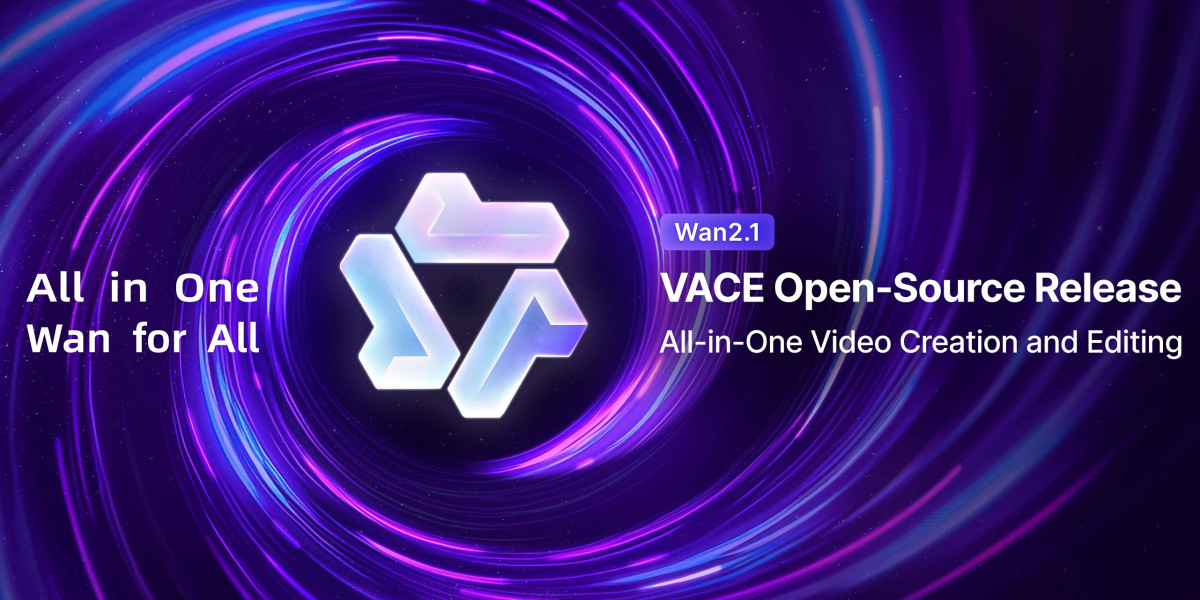Finding the best HR Management Service Provider can feel overwhelming. With countless vendors offering a mix of recruitment, payroll, learning, and engagement solutions, how do you know which partner will truly move the needle for your business? In this guide, you’ll discover a step-by-step approach, grounded in real-world best practices, to help you select the optimal HR partner. Along the way, we’ll explore what today’s HR Management Services look like, what criteria matter most, and how to ensure a smooth, value-driven collaboration.
Why the Choice of HR Partner Matters
Before diving into selection criteria, let’s get clear on why choosing the right HR Management Service Provider is so crucial:
Resource Leverage: Outsourced HR experts bring deep domain knowledge, freeing your internal team to focus on core business activities.
Risk Mitigation: Compliance with evolving labor laws, tax regulations, and data privacy rules, especially across multiple jurisdictions, requires constant vigilance. A strong HR partner keeps you protected.
Employee Experience: From recruitment and onboarding to training and performance management, the partner you choose shapes how candidates and employees perceive your brand.
According to industry research, companies that align with an experienced HR partner report 25% faster hiring cycles and 30% higher employee retention in the first year.
Step 1: Assess Your Needs and Define Objectives
Clarify Your Scope of Work
Begin by listing the specific functions you want to outsource. Common areas include:
Recruitment and talent acquisition
Payroll processing and benefits administration
Learning and development programs
Performance management and employee surveys
HR technology implementation (HRIS, ATS, LMS)
Compliance and risk management
Quantify Your Requirements
Gather data on:
Number of employees (current and projected growth)
Payroll frequency and complexity (multiple pay grades, commission structures)
Geographic coverage (cross-border or multi-state payroll)
Training hours or programs needed annually
Having concrete numbers will help you compare apples to apples when reviewing proposals.
Set Clear Objectives
Ask yourself:
Do you need to reduce time-to-hire by a specific percentage?
Are you aiming to cut payroll errors to near zero?
Is enhancing employee engagement or reducing turnover a top priority?
Setting SMART (Specific, Measurable, Achievable, Relevant, Time-bound) objectives guides both your internal team and potential providers on what success looks like.
Step 2: Identify Types of HR Management Service Providers
Not all providers offer the same mix of services or expertise. Broadly, you’ll find:
Full-Service HR Outsourcers
These firms act as your entire HR department, handling end-to-end functions from A to Z. Ideal for small to mid-size businesses without in-house HR teams.
Recruitment Process Outsourcing (RPO) Specialists
Focus on talent acquisition, employer branding, candidate screening, and interview coordination. Perfect for companies struggling with volume hiring or specialized skill gaps.
Payroll and Benefits Administrators
Specialized in payroll calculations, tax filings, benefits enrollment, and compliance. Best suited when your main pain point is accurate, on-time payroll.
Learning & Development (L&D) Partners
Provide custom training content, learning management systems, and career development programs. Great for organizations investing heavily in upskilling and leadership pipelines.
Technology-Driven HR Tech Providers
Offer software platforms, HRIS, ATS, LMS, with optional managed services. Useful when you want control over workflows but need robust technology and occasional expert support.
Step 3: Evaluate Provider Credentials and Reputation
Industry Experience
Look for case studies or client references in your sector. A provider who’s supported retail firms, tech startups, or manufacturing giants will understand your specific workforce dynamics and compliance landscape.
Certifications and Standards
Verify whether the provider holds certifications like:
ISO 9001 (quality management)
ISO 27001 (information security)
SHRM Certified Provider or equivalent HR accreditations
These credentials demonstrate commitment to best practices and data protection.
Client Testimonials and References
Speak directly to at least three existing clients. Ask about:
Ease of onboarding and implementation
Responsiveness of support teams
Measurable outcomes (e.g., reduction in payroll errors, improvements in time-to-hire)
Financial Stability and Longevity
Review annual reports or credit ratings. A stable partner with a multi-year track record is less likely to disappear mid-contract, leaving your operations in limbo.
Step 4: Compare Service Offerings and Technology
Service Level Agreements (SLAs)
Examine SLAs for key metrics:
Payroll accuracy targets (e.g., 99.9%)
Time-to-fill roles for RPO (e.g., 30 days)
Response times for support tickets
Well-defined SLAs keep both sides aligned on expectations.
Technology Capabilities
Request live demos of their platforms and assess:
User-friendly interface for both HR admins and employees
Mobile accessibility for on-the-go access
Integration APIs with your existing accounting, ERP, and collaboration tools
Analytics dashboards for real-time workforce insights
Customization and Scalability
Ensure the system can adapt to your processes rather than forcing you to conform to “out-of-the-box” workflows. Ask about modular pricing that lets you add or remove services as your needs evolve.
Step 5: Analyze Pricing Models and Total Cost of Ownership
Transparent Fee Structures
Beware of hidden fees for:
Year-end reporting
System upgrades
Additional user licenses
Obtain a detailed breakdown of setup fees, monthly service charges, and per-transaction costs.
Value vs. Cost
High price doesn’t always equal high value. Consider:
Efficiency gains (e.g., hours saved in payroll processing)
Reduction in compliance fines or penalties
Improvements in hiring metrics and retention rates
Calculate ROI by translating these benefits into dollar savings over a 12- to 24-month horizon.
Step 6: Plan for Smooth Implementation and Change Management
Dedicated Onboarding Team
A strong provider assigns a project manager and implementation specialists to guide you through:
Data migration (employee records, payroll history)
System configuration (org structure, pay rules, approval workflows)
Pilot runs and user acceptance testing
Internal Stakeholder Alignment
Communicate early and often with leaders across finance, operations, and IT. Clear coordination prevents silos and ensures your new HR partner integrates seamlessly with existing processes.
Training and Documentation
Insist on comprehensive training, live workshops, e-learning modules, and step-by-step guides, for both HR admins and end users. A well-equipped team smooths adoption and reduces support tickets.
Step 7: Monitor Performance and Foster Continuous Improvement
Regular Review Meetings
Schedule quarterly business reviews with your provider to:
Track SLA performance
Review key metrics (turnover rate, time-to-hire, payroll error rate)
Identify areas for process optimization or new feature rollouts
Feedback Loops
Gather feedback from end users, hiring managers, payroll approvers, and employees, to spot pain points early. Your provider should act on this feedback with system tweaks or policy updates.
Roadmap Alignment
As your company evolves, revisit your HR technology and service mix annually. Discuss upcoming projects, M&A, geographic expansion, new benefit offerings, with your provider to ensure they remain a strategic partner.
Conclusion
Choosing the right HR Management Service Provider is a multifaceted decision that demands careful planning, thorough research, and ongoing collaboration. By following the steps above, defining your needs, evaluating providers’ credentials, scrutinizing technology and pricing, and planning for effective implementation, you position your organization for smoother operations, faster hiring, and stronger employee retention.
If you’re exploring options locally, consider reaching out to leading HR companies in Pakistan. Their regional expertise and global best practices can help your business unlock the full potential of professional HR Management Services.







